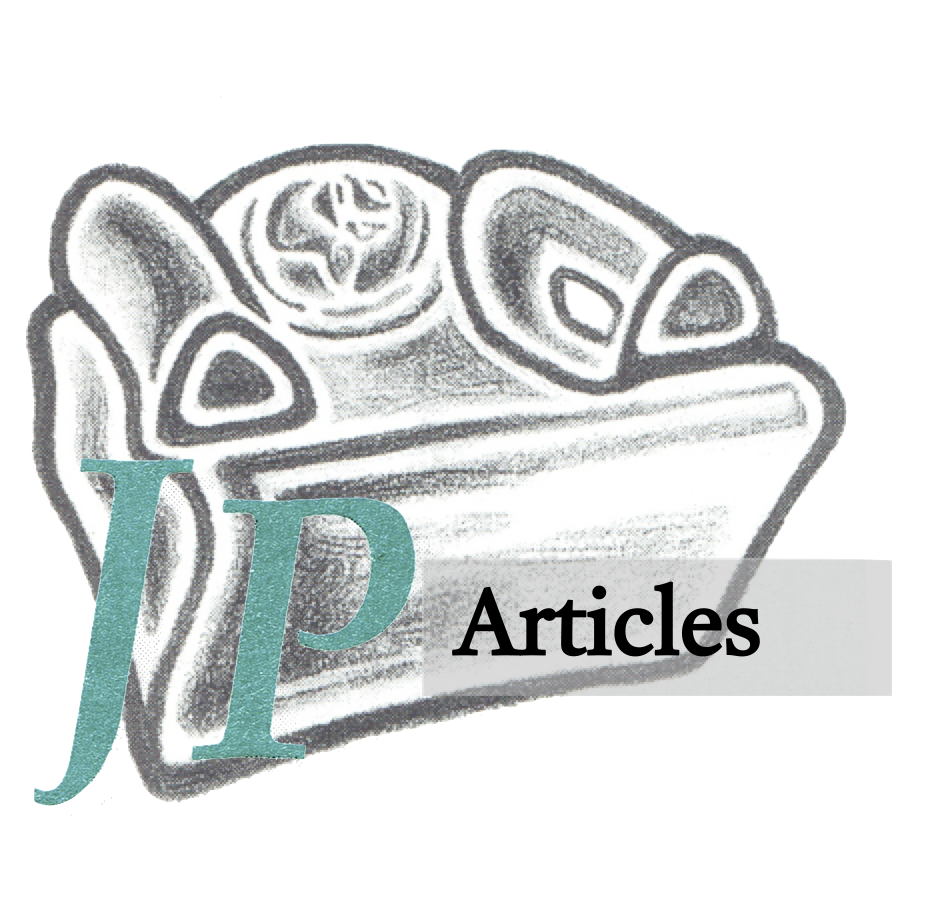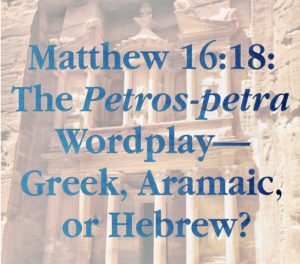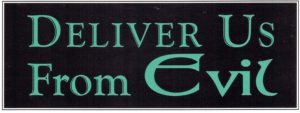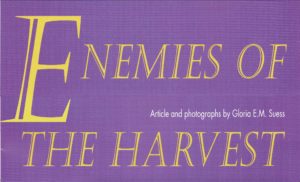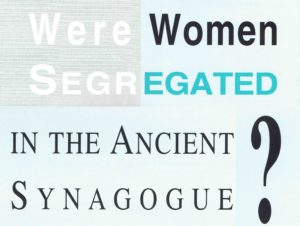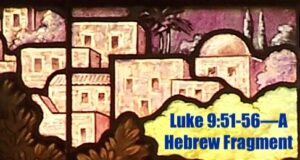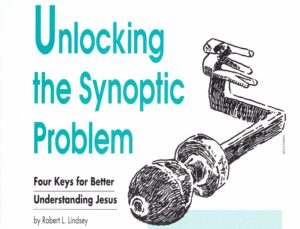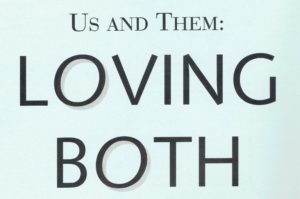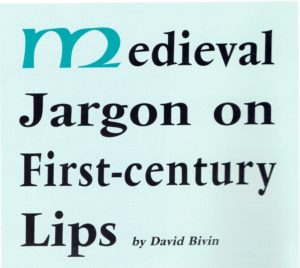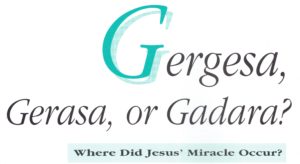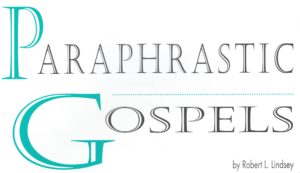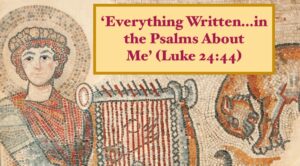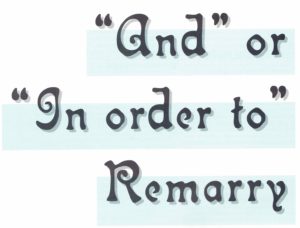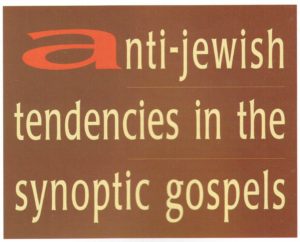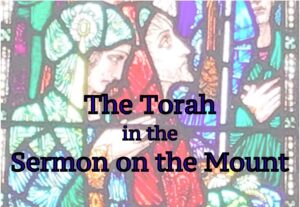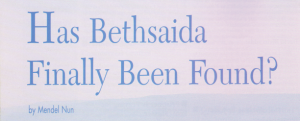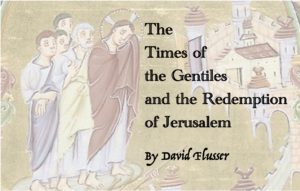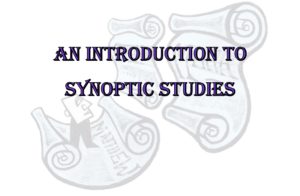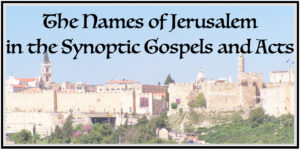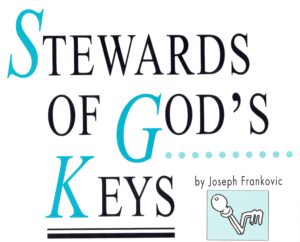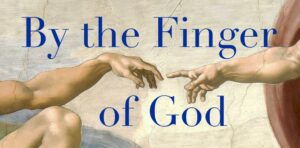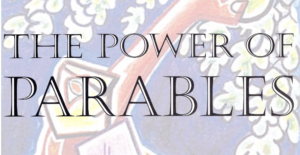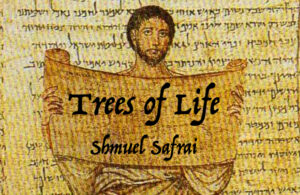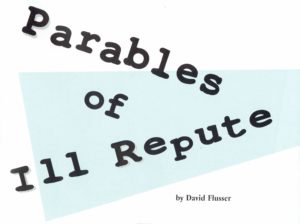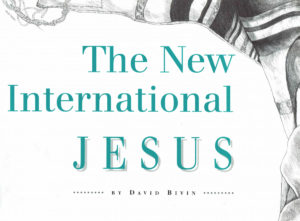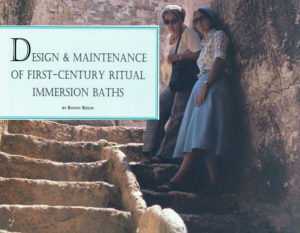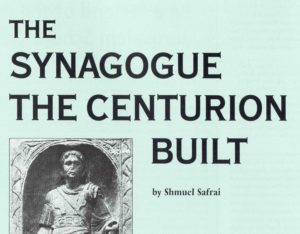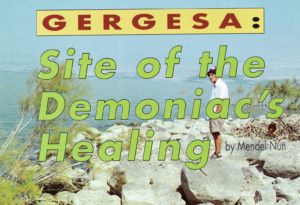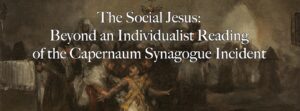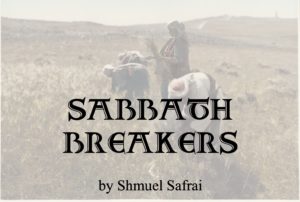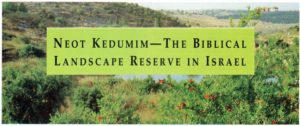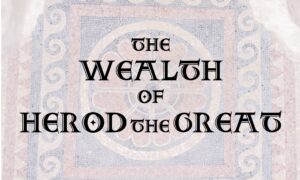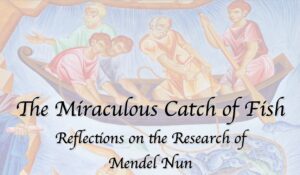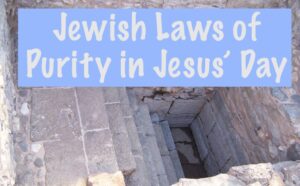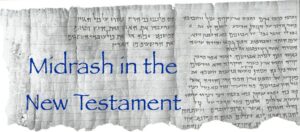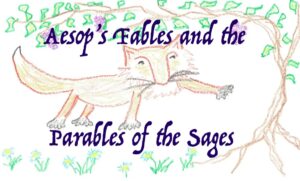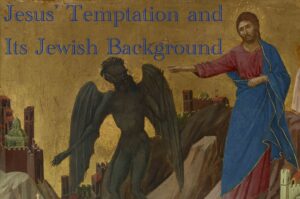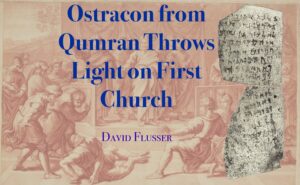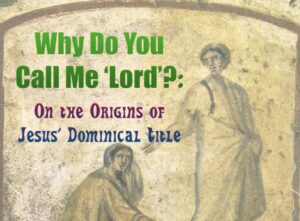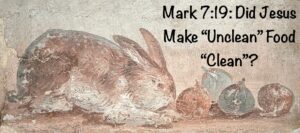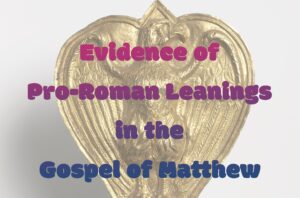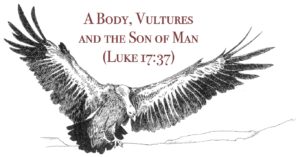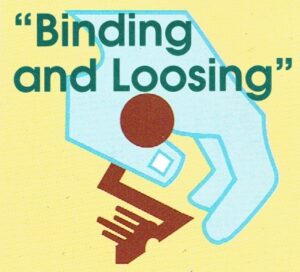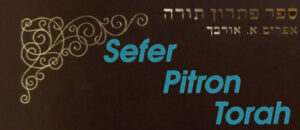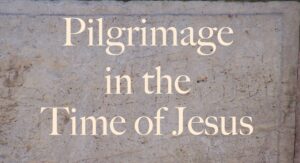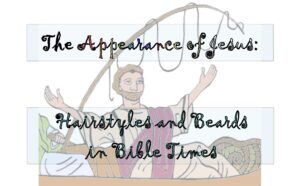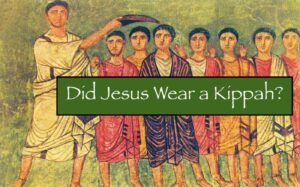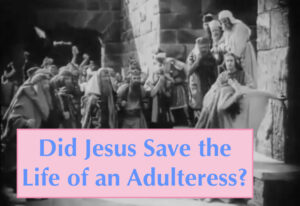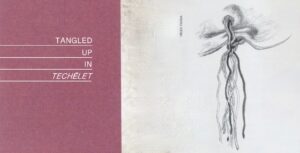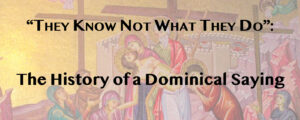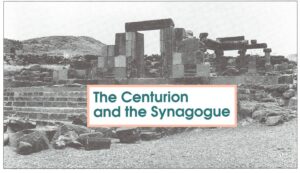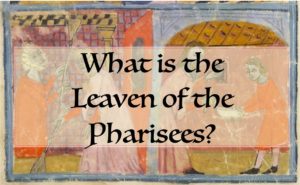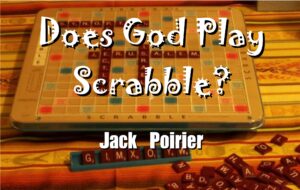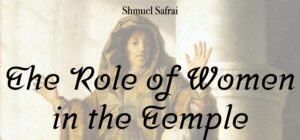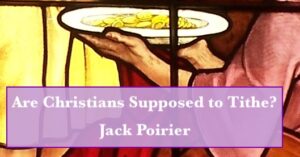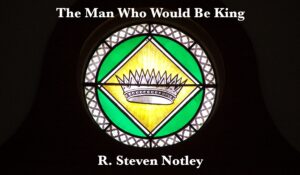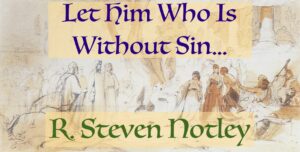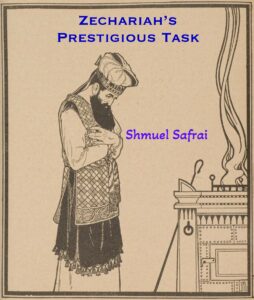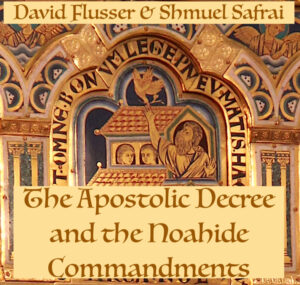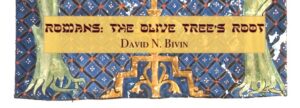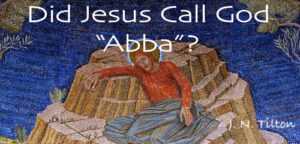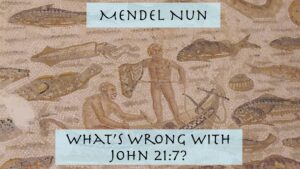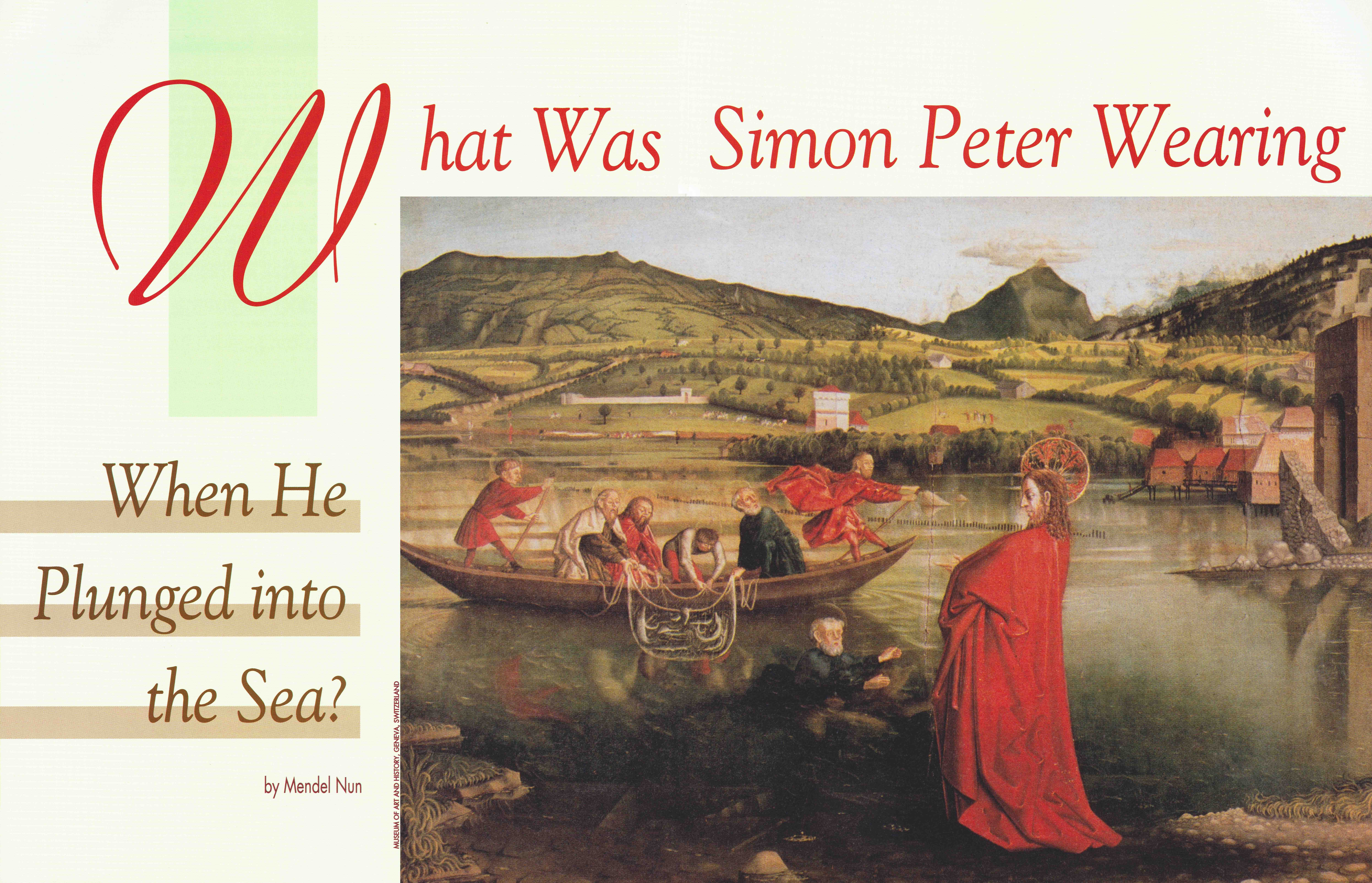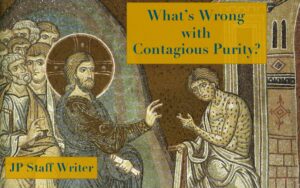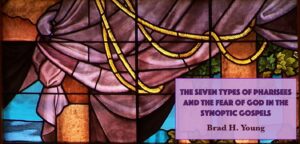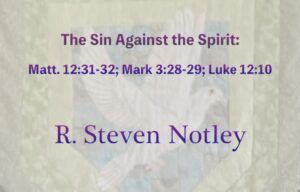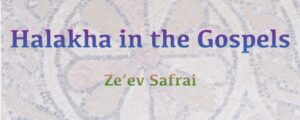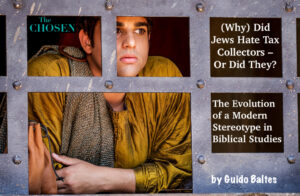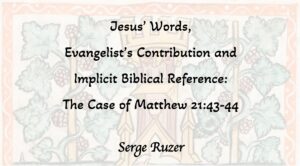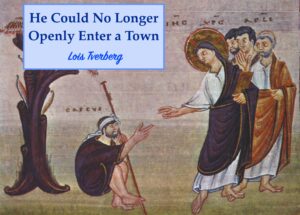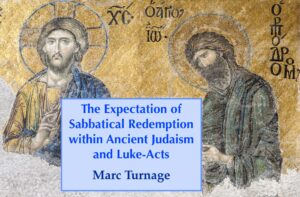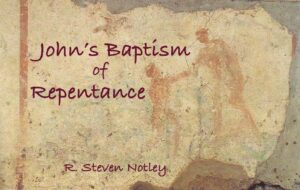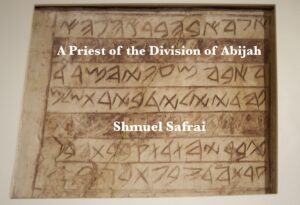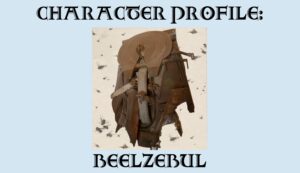Updated: 6 June 2025[1]
Unlike many biblical commentaries, The Life of Yeshua: A Suggested Reconstruction (LOY) is not a commentary on any one text, it is rather a commentary on the development of the traditions that came to be included in the Synoptic Gospels.
This project operates on the premise that the traditions now preserved in the Synoptic Gospels originated from a written Hebrew biography of Jesus. This Hebrew biography was arranged in an order different from that which appears in any of the canonical Gospels. A prominent feature of the Hebrew Life of Yeshua was a number of “teaching complexes” that consisted of (A) an incident, (B) the teaching Jesus gave in response to the incident, and (C) illustrations (often in the form of twin parables) that reinforced the point of Jesus’ teaching.[2] We believe that these teaching complexes can be reconstructed by piecing together fragments that are still preserved in the Gospels of Matthew, Mark and Luke.[3]
Because this project is focused on reconstruction, The Life of Yeshua: A Suggested Reconstruction is not organized according to the canonical order of Gospel stories, rather, the approximately 200 pericopae deemed to have descended from the earliest pre-synoptic source are arranged according to the conjectured order of the Hebrew Life of Yeshua. Below is a preliminary outline (or “Map”) that offers an overview of the order of Gospel stories as we believe they may have appeared in the conjectured Hebrew Life of Yeshua.[4] This document is a work in progress, subject to change as we continue the production of the reconstruction and accompanying commentary.
Within each major section there are often subsections of even more specific teaching “complexes.” The synoptic pericopae not included in the Map are believed to be secondary because their texts indicate they were written originally in Greek. On the left-hand side of the Map are three columns labeled “Huck,” “Aland” and “Crook.” References in these columns indicate the numbers assigned to these pericopae in the synopses of Albert Huck,[5] Kurt Aland[6] and Zeba Crook.[7]
To view the LOY Map, click on the link below:
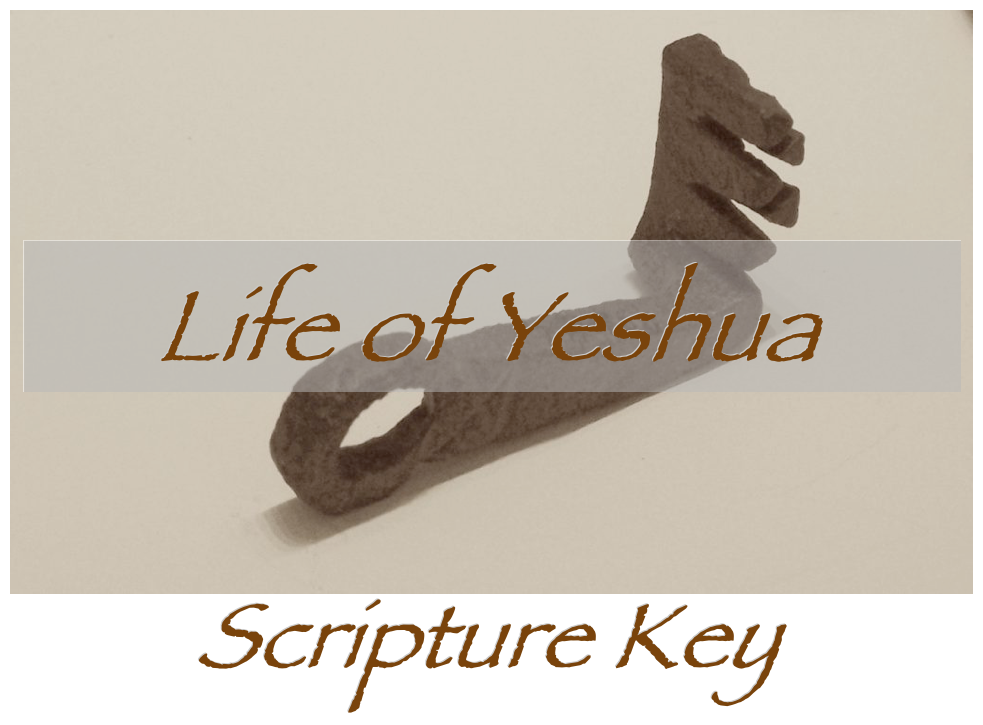 A Scripture Key to The Life of Yeshua: A Suggested Reconstruction is also available for easy reference.
_______________________________________________________
A Scripture Key to The Life of Yeshua: A Suggested Reconstruction is also available for easy reference.
_______________________________________________________
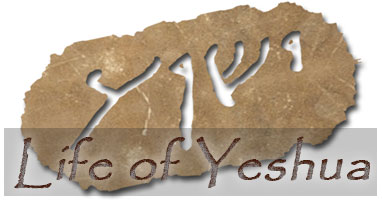 Click here to return to The Life of Yeshua: A Suggested Reconstruction main page.
_______________________________________________________
Click here to return to The Life of Yeshua: A Suggested Reconstruction main page.
_______________________________________________________
Paid Content
Premium Members and Friends of JP must be logged in to access this content: Login
If you do not have a paid subscription, please consider registering as a Premium Member starting at $10/month (paid monthly) or only $5/month (paid annually): Register
One Time Purchase Rather Than Membership
Rather than purchasing a membership subscription, you may purchase access to this single page for $1.99 USD. To purchase access we strongly encourage users to first register for a free account with JP (Register), which will make the process of accessing your purchase much simpler. Once you have registered you may login and purchase access to this page at this link:
- [1] Updated with the assistance of Lauren S. Asperschlager and Joshua N. Tilton. Format designed by Pieter Lechner. ↩
- [2] See Lindsey, TJS, 42-43. ↩
- [3] For a detailed discussion, see the Introduction to The Life of Yeshua: A Suggested Reconstruction. ↩
- [4] When deciding which pericopae to include in the Map and in which order, David Bivin relied heavily on Lindsey, JRL, and on private conversations with Lindsey. ↩
- [5] Albert Huck, Synopsis of the First Three Gospels (9th ed. rev. by Hans Lietzmann; English ed. by F. L. Cross; Oxford: Basil Blackwell, 1959). For Huck’s unnumbered pericopae, which appear at the beginning and end of his synopsis, we have supplied page numbers (marked “p.”) instead. ↩
- [6] Kurt Aland, ed., Synopsis of the Four Gospels: Greek-English Edition of the Synopsis Quattuor Evangeliorum with the Text of the Revised Standard Version (London: United Bible Societies, 1972). ↩
- [7] Zeba Crook, Parallel Gospels: A Synopsis of Early Christian Writing (Oxford: Oxford University Press, 2011). ↩


